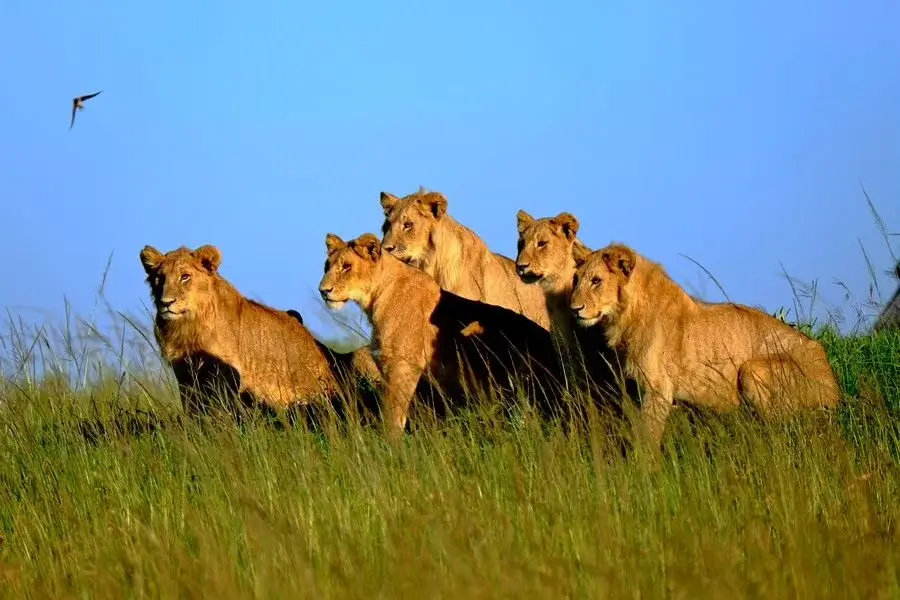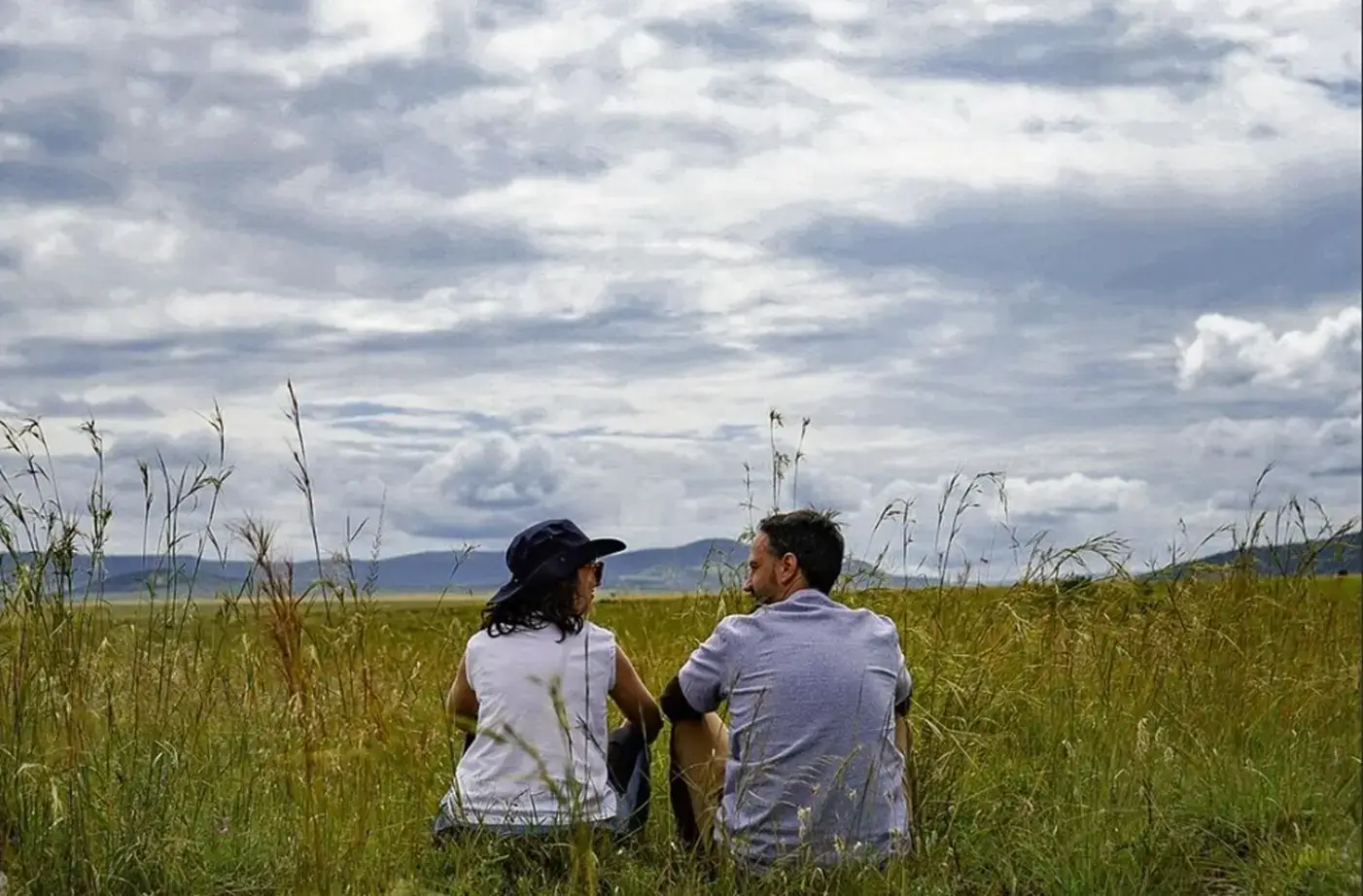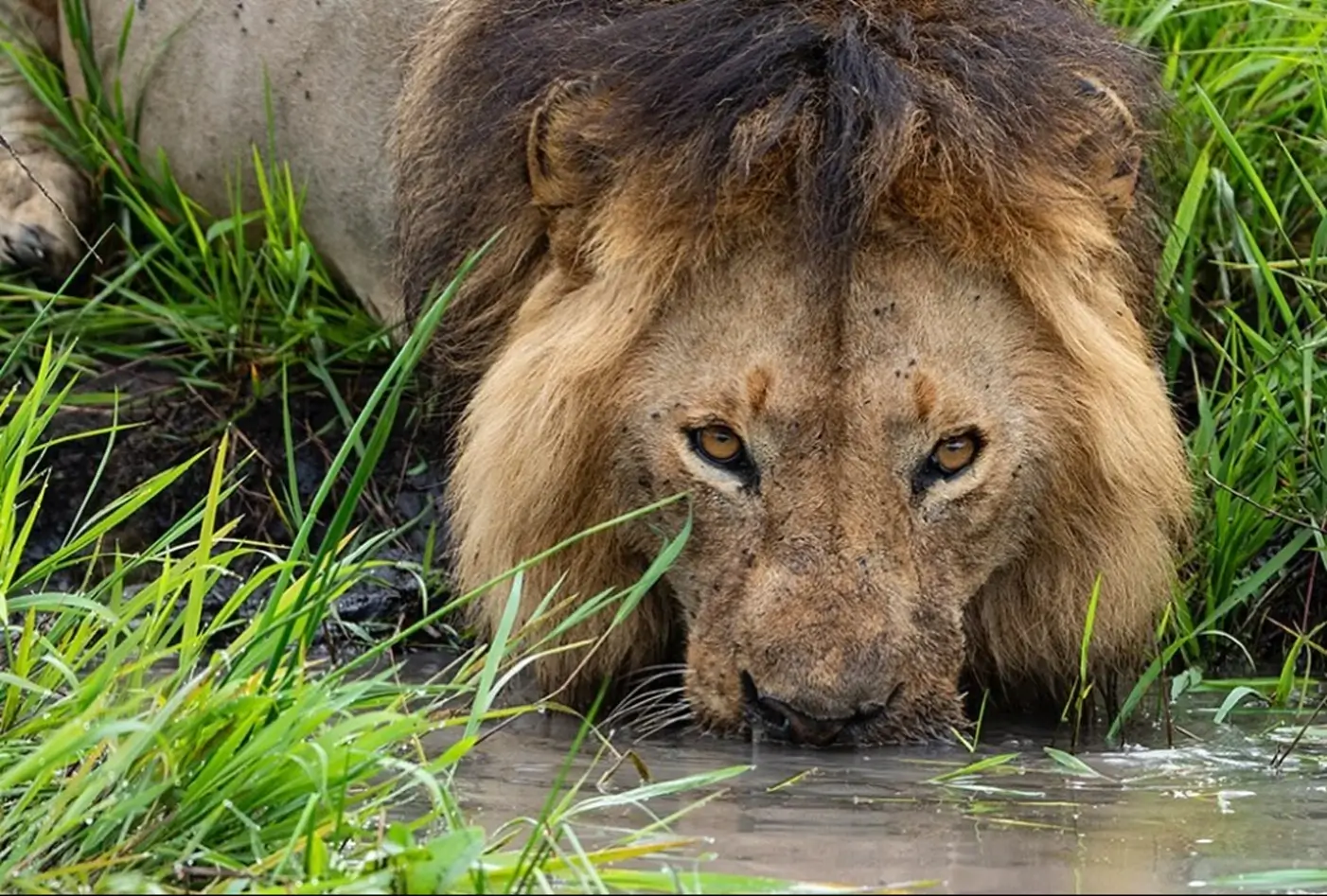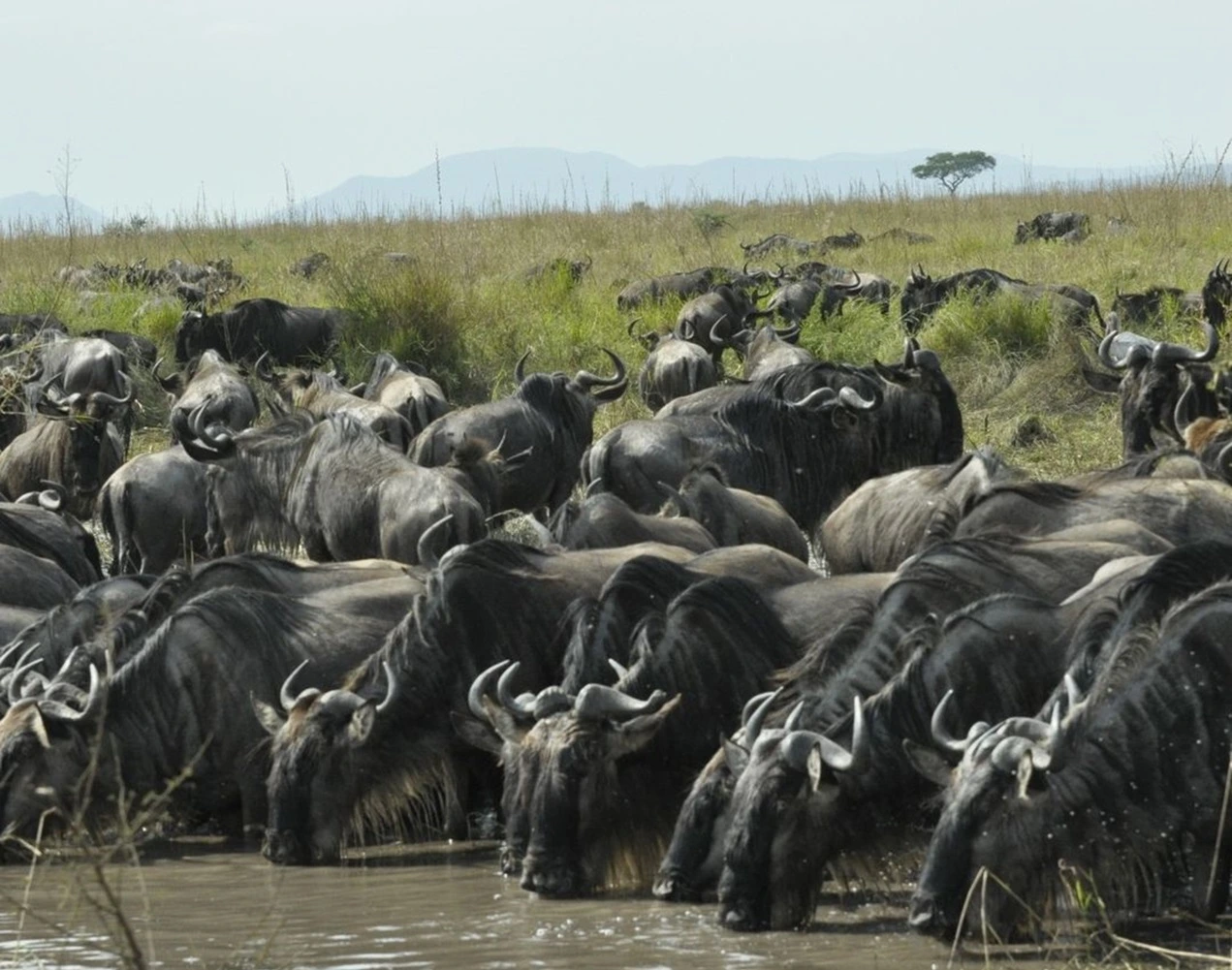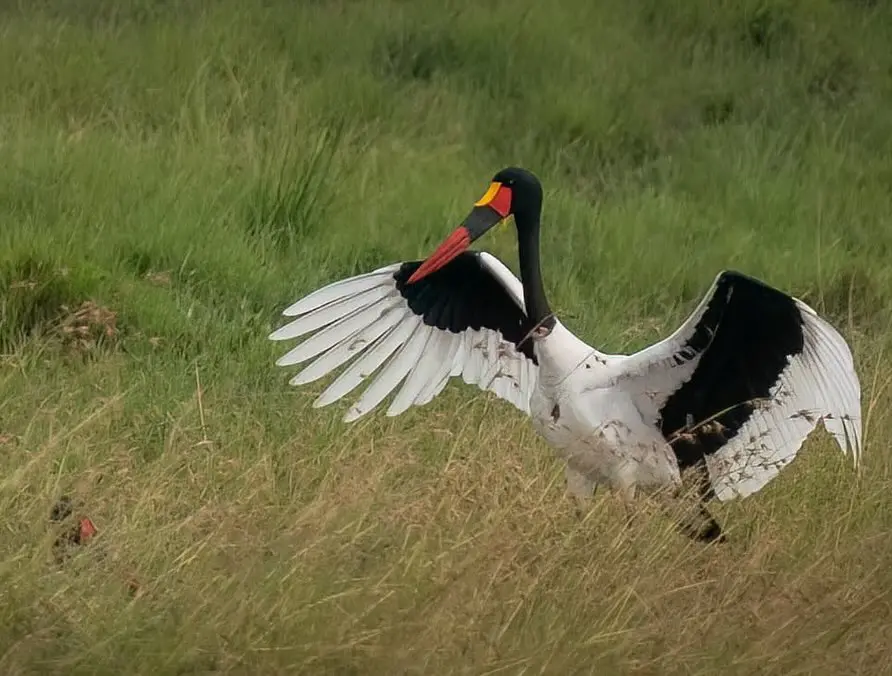
The best overall time for birdwatching in the Masai Mara is from November to April, during the wet season.
This period sees the arrival of migratory birds from Europe and North Africa, swelling the Mara’s bird population to over 500 species, including vibrant resident birds like kingfishers and bee-eaters.
The environment at Masai Mara is also full of life with the short rains (November-December) and long rains (March-April). These rains not only enhances the beauty of the scenery but also attracts a wide variety of bird species.
Best Time of Day for Birdwatching in the Masai Mara
Between 6:00 AM and 9:00 AM and between 4:00 PM and 6:00 PM are the best times of day to venture out. Birds are most active during these cooler hours, particularly at dawn when they begin feeding, calling, and displaying.
As the sun rises and temperatures begin to increase, bird activity tends to slow down, with many species seeking shelter from the midday heat.
- Early morning (6:00 AM - 9:00 AM): This is the prime time for spotting a wide variety of bird species, including the lilac-breasted roller, Secretary bird, raptors and waterfowl. The Mara is cooler and quieter in the morning, providing the perfect environment for birds to be more visible and vocal.
- Late afternoon (4:00 PM - 6:00 PM): As the day cools down, birds become active again. The soft afternoon light enhances photography opportunities, making it ideal for capturing images of birds as they return to feeding grounds or prepare to roost for the night.
During the midday hours (12:00 PM - 3:00 PM), bird activity tends to drop significantly as temperatures peak, so it is generally best to avoid this time for birdwatching.
Additionally, the soft light during the morning and afternoon also creates optimal conditions for photography, highlighting the birds' vibrant plumage and the beautiful Masai Mara environment.
Best Time for Migratory Birds at the Masai Mara National Reserve
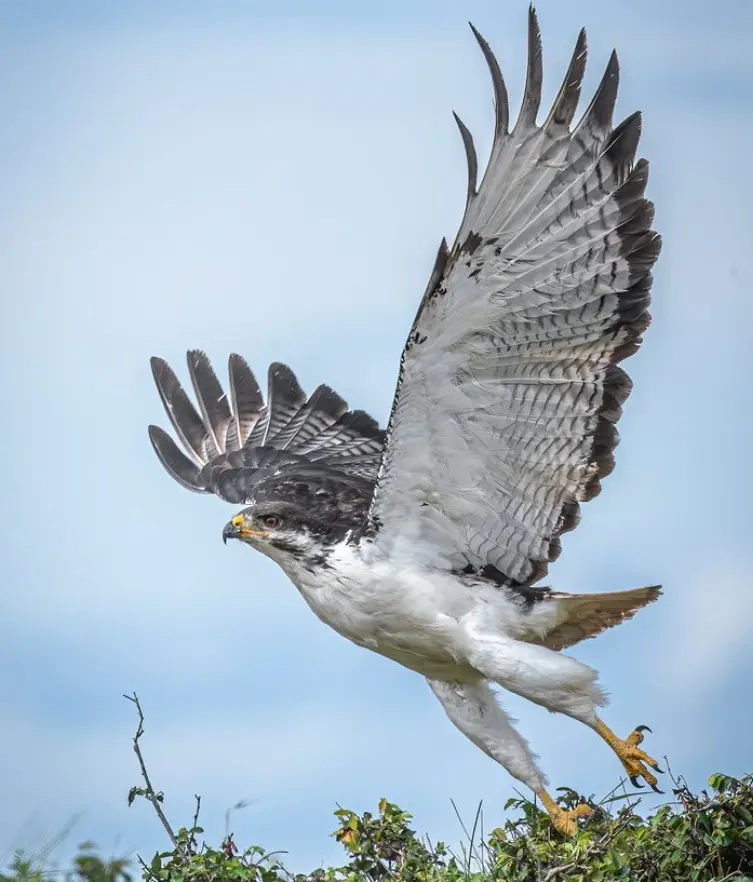
The best time to spot migratory birds in the Masai Mara is from November to February, during the wet season.
Examples of migratory bird species that we have seen at the Masai Mara include the European roller, white stork, and various species of raptors. These species arrive from Europe and North Africa, taking advantage of the Mara's abundant food supply and lush landscapes created by the rains.
The wet season provides ideal conditions for birdwatching, as the vegetation is vibrant, and the Mara's ecosystem is teeming with life. The rains bring new growth, and water sources flourish, attracting not only migratory birds but also a variety of insects and smaller prey, which in turn lures the raptors.
These months are perfect for visitors who wish to witness the spectacular influx of rare and diverse bird species that are otherwise not present during the rest of the year.
Best Time for Green Season Birdwatching at Masai Mara NR
The long rainy season from March to May—also known as the green season—provides an exceptional opportunity for birdwatching, especially for those seeking to spot rare and elusive species.
During the green season period, the Masai Mara is transformed into a lush, vibrant landscape that creates ideal conditions for birds to thrive. We also find this time being the best months because there is low number of visitors due to the rains that deter safari-goers.
The abundance of food and rejuvenated habitats make it easier to see birds that are otherwise more challenging to find during the drier months.
Species that flourish during this time include vibrant residents as well as water birds that gather around temporary wetlands and puddles formed by the rains.
The green season offers a quieter, more peaceful birdwatching experience with fewer tourists, allowing you to engage in birdwatching and studying different species of birds in this ecosystem.
Best Time to See Resident Birds at Masai Mara
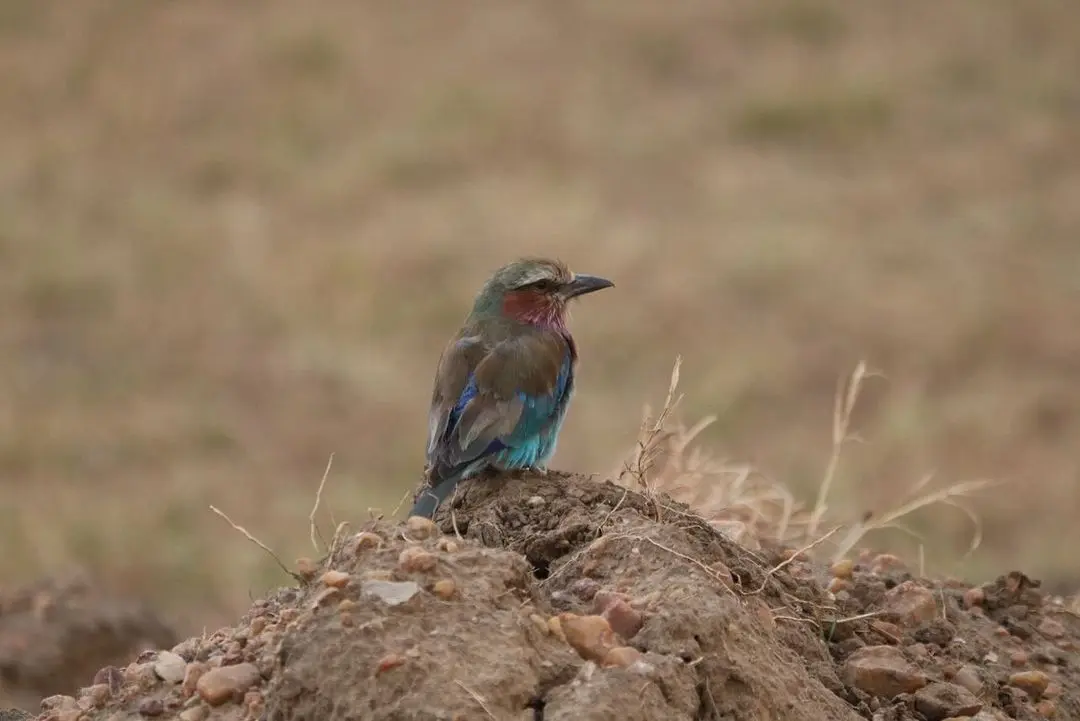
The best month of the year to visit Masai Mara for watching the resident bird species is all-year round. Any month of the year is the best month to watch resident birds.
The Mara is home to a wide variety of resident birds, including the lilac-breasted roller, Secretary bird, and the elegant Crowned crane, which can be seen at any time of year, particularly around rivers and other water sources.
Locals have found that the wet season enhances birdwatching due to the greenery and an influx of migratory birds. The dry season (June to October) also provides great opportunities to see resident species.
During the dry months, rivers and waterholes become prime gathering spots for birds, making it easier to spot these species in their natural habitats. The Mara’s open plains and diverse habitats allow for regular sightings of these colorful and iconic residents, regardless of the time of year.
Best Time for Raptor Watching
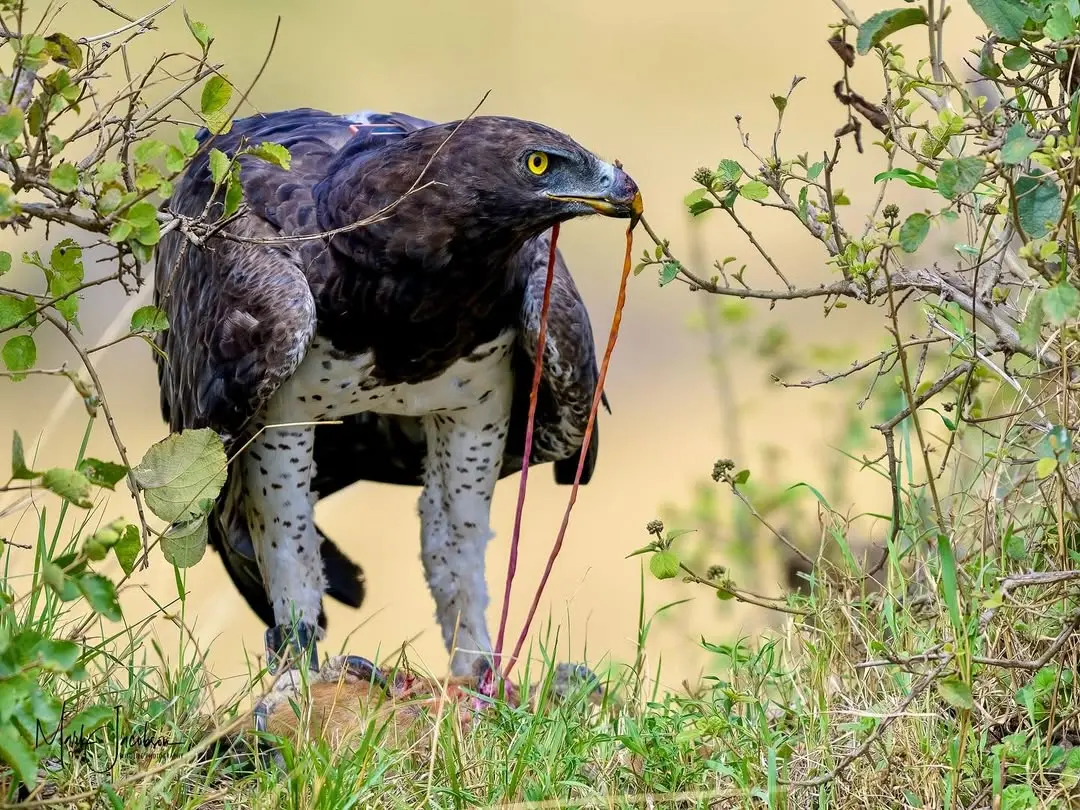
The best time to spot raptors in the Masai Mara is from November to April. This is because this period coincides with the wet season when prey is abundant.
During this period, the Mara is home to several majestic birds of prey, including the Martial eagle, Tawny eagle, and the iconic Bateleur.
The increase in small animals and insects due to the rains attracts these raptors, offering birdwatchers exceptional opportunities to observe them in action.
The wet season provides ideal hunting conditions for these predators, as the nourishing plants supports a thriving food chain. Raptors can often be seen circling the skies, scanning for prey or perched high in trees, ready to swoop down on their next meal.
This period also includes migratory raptors, adding to the variety of species that can be spotted in the Mara during these months.
Make a custom tour with us and enjoy a perfect birdwatching experiencing at the Masai Mara National Reserve in Kenya.

